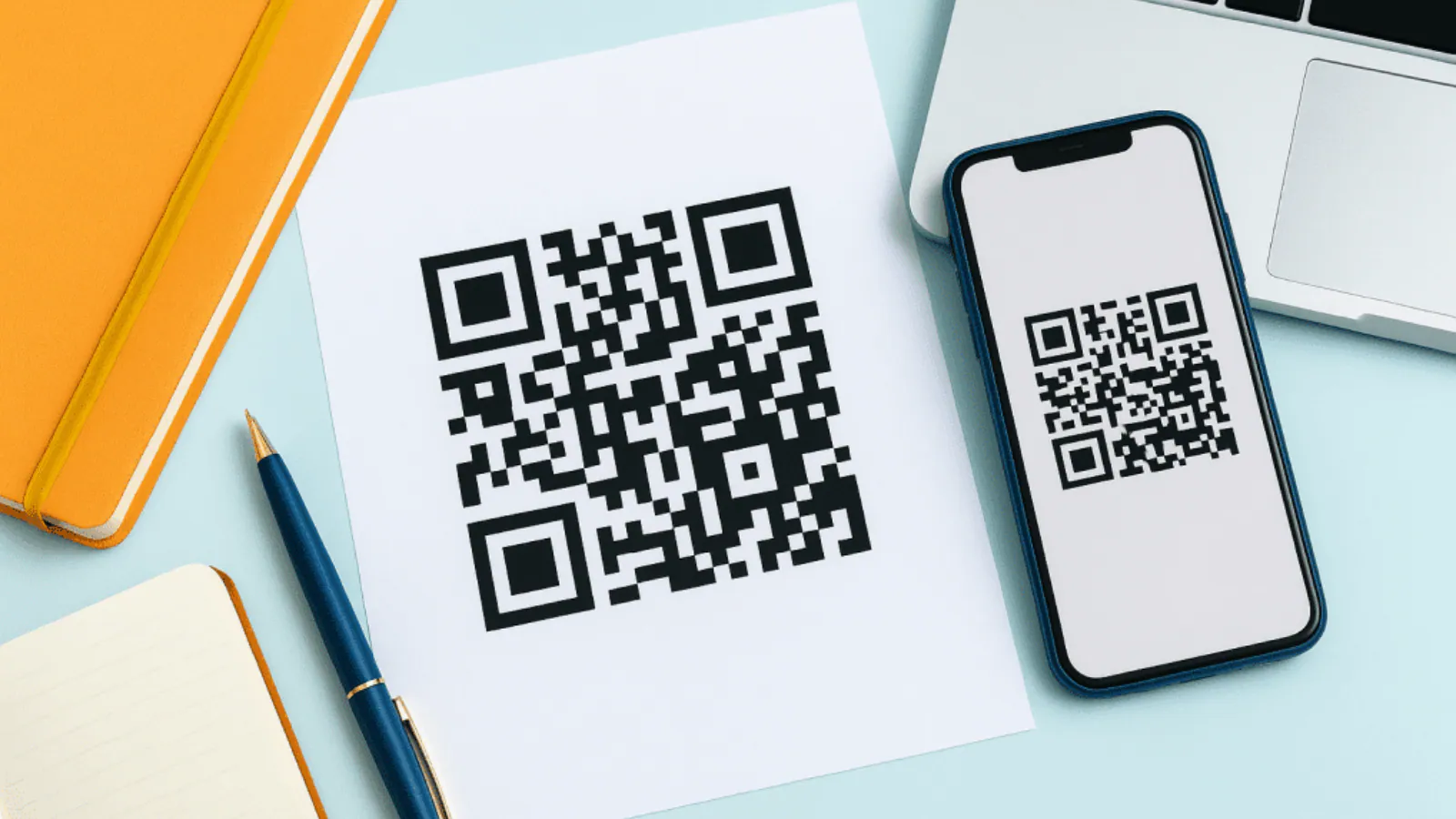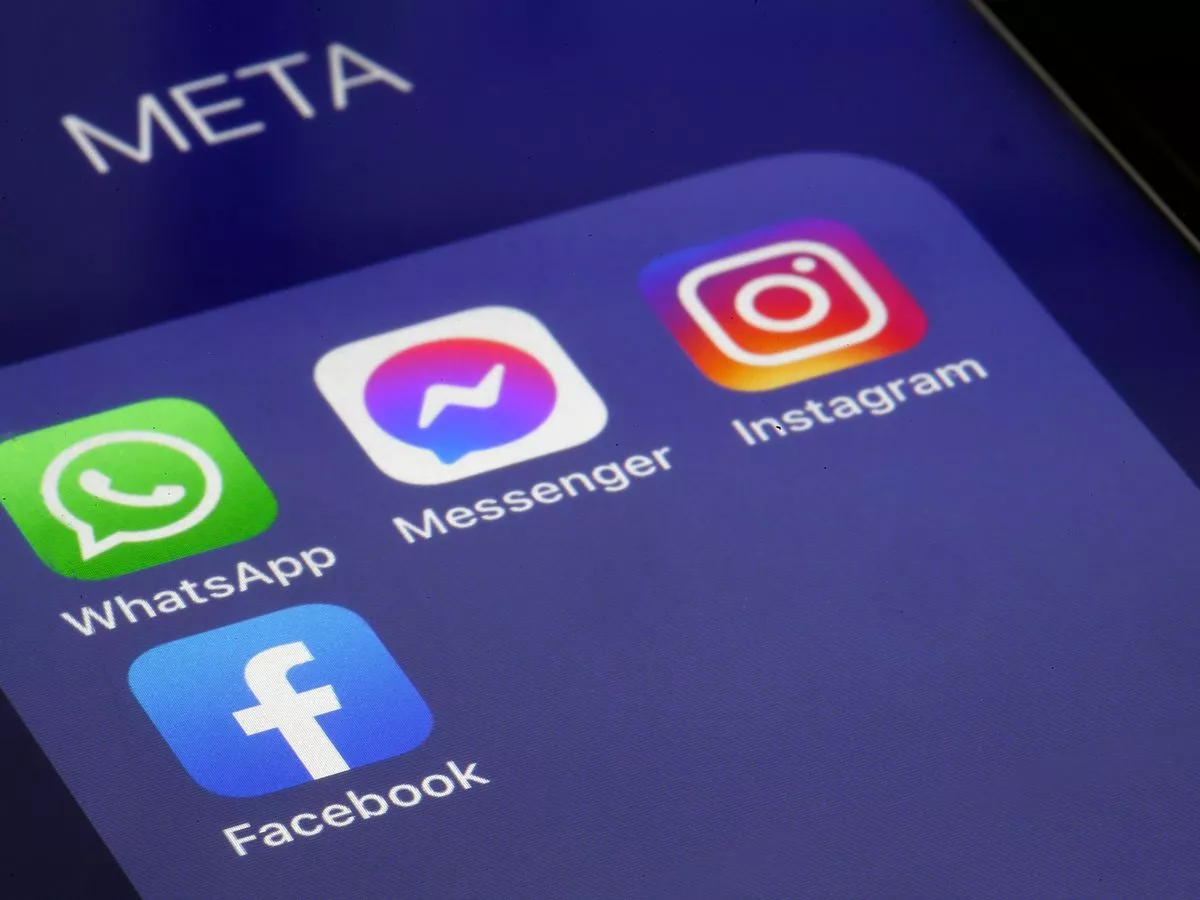What Is QR Code? Besides Payment, How Else Can It Be Used? How Different Is It From Barcode?
By Business Desk,News18
Copyright news18

QR codes, invented in 1994 by Japanese engineer Masahiro Hara, are a type of matrix barcode to store digital information efficiently. Using a QR code scanner, the data embedded in these codes can be quickly retrieved, making them an important tool in today’s digital world. In India, QR codes have become central to cashless and UPI transactions, carrying the recipient’s identification details for seamless payments.
QR codes are highly versatile due to their data capacity, capable of storing thousands of characters, including numbers, letters and even binary data. Their compact size allows them to be printed in small spaces, making them easy to integrate into various applications. Additionally, QR codes feature error correction technology, which ensures they can still be scanned even if part of the code is damaged, offering reliability and convenience for everyday digital transactions.
What Else QR Codes Can Be Used For?
While QR codes are widely known for enabling cashless transactions, their high-capacity data storage makes them useful for much more. They can store and share photos, videos, links, multimedia files and other important information, allowing digital transfer of data quickly and securely. Thanks to their fast code detection and data extraction capabilities, QR codes make it easy to send information directly to another device without any limitations.
A common non-payment application of QR codes is in restaurants, where menus are often embedded in QR codes placed on tables. When a scanner or smartphone camera reads the code, the URL is converted into binary and improved with error correction, creating a recognisable pattern. The phone detects the patterns, decodes the QR code and opens the menu website directly in the browser, providing an easy and contactless experience for customers.
How QR Codes Differ From Barcodes
Unlike QR codes, which can store large amounts of digital information, barcodes are primarily designed to hold numeric data in either 1D or 2D formats. When scanned, barcodes allow quick retrieval of this numeric information, helping access the relevant details efficiently.
Barcodes were invented by Norman Joseph Woodland in 1952 and have since become a staple in various industries. They are commonly used for tracking airline luggage, managing inventory in shops and malls, and even in hospitals across India to maintain patient records. While simpler than QR codes, barcodes remain a highly practical tool for organising and accessing data.



